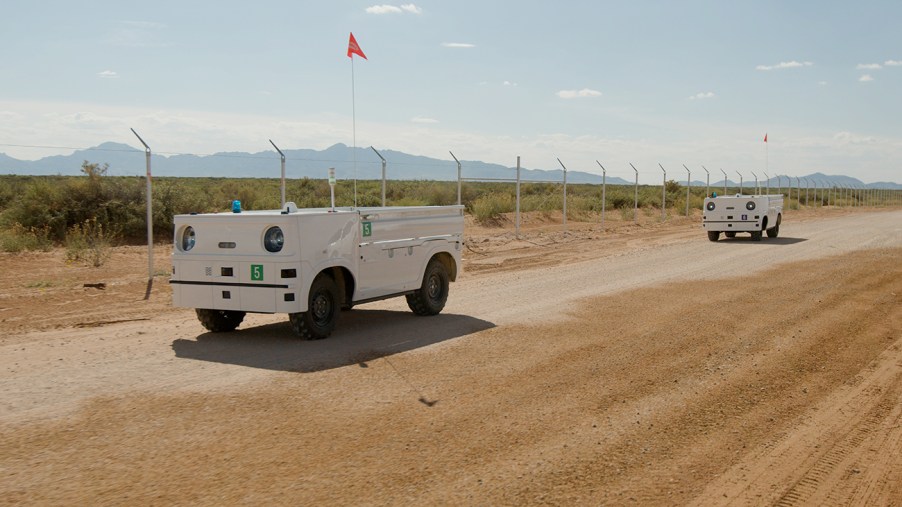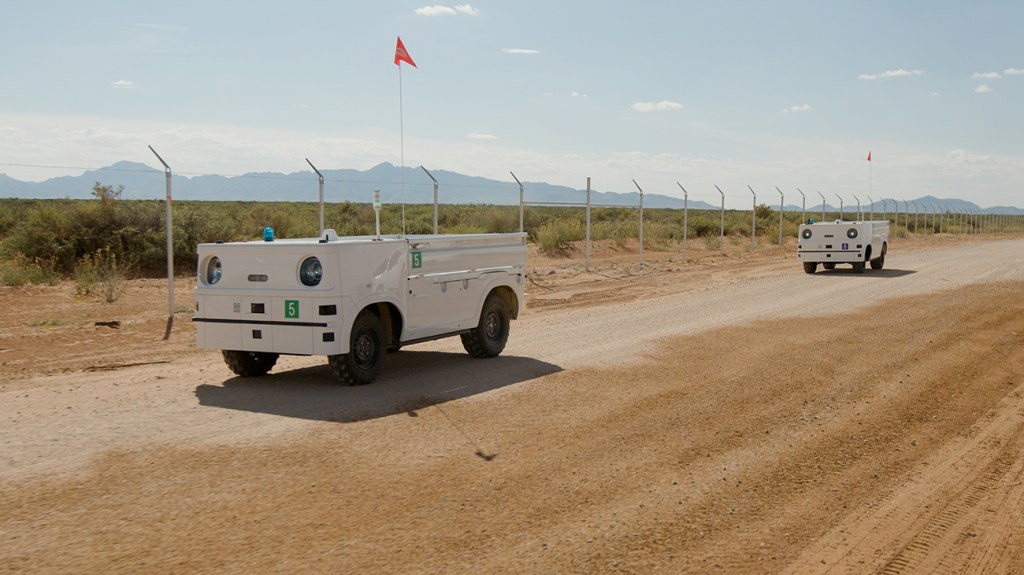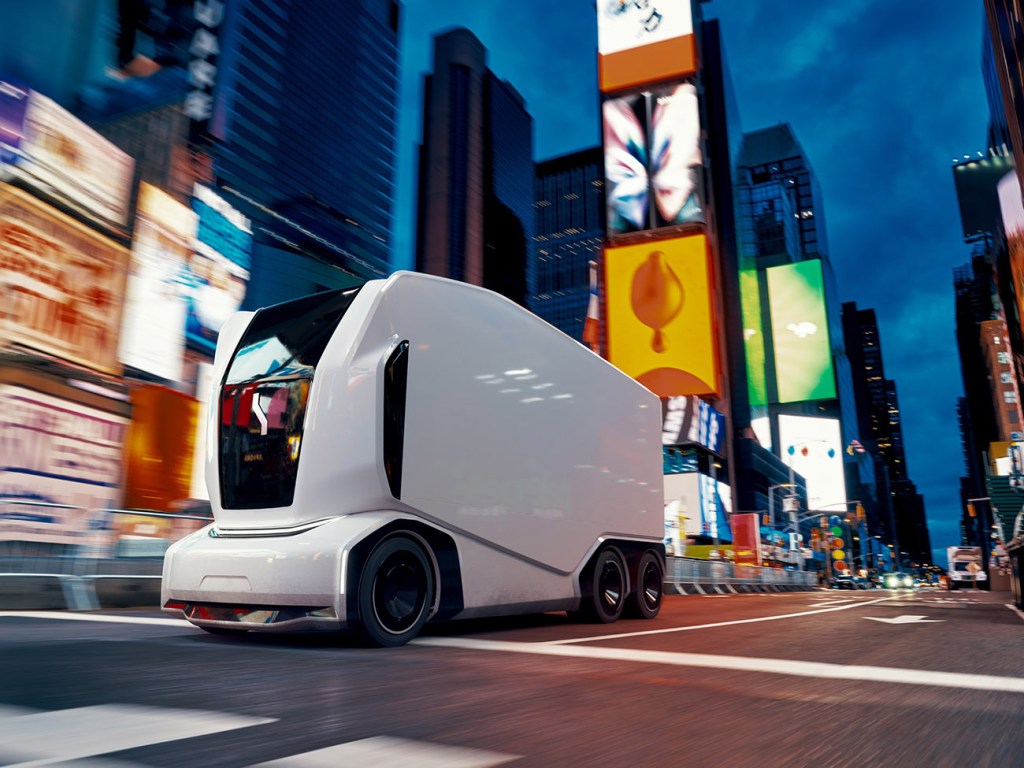
Honda Autonomous Work Vehicle Tested At 1,000 Acre Work Site
The Honda Autonomous Work vehicle (AWV) is the automaker’s latest attempt at revolutionizing how people utilize transportation. It is safe to say that autonomous vehicles will be the biggest revolution in the automotive industry since the 4-stroke engine. Honda is doing its part to be at the forefront of the new autonomous wave.
Honda Autonomous Work vehicle prototype testing at solar construction site
According to Honda, its first-ever Autonomous Work Vehicle (AWV) was tested on a major construction site. Honda teamed up with Black & Veach to put its autonomous work vehicle through its paces on an active construction site in New Mexico.
The Honda Autonomous Work Vehicle was first revealed as a concept at CES 2018 and has since transformed into a functional prototype. The Honda AWV is based on the Pioneer side-by-side chassis with a similar off-road suspension system. However, whereas the Pioneer features a twin-cylinder combustion engine, the Honda AWV is 100% electric.
Similar to the Nuro, the Honda AWV is a cabinless, passengerless transport platform. The AWV is not designed to carry humans from one spot to another.
Although similar to full-sized autonomous vehicles, the Honda AWV uses 3D cameras, GPS, and lidar to navigate its surroundings.
As an extra layer of safety, the Honda AWV can be monitored and operated remotely.
What is the Autonomous Work Vehicle used for?

As previously mentioned, the Honda Autonomous Work Vehicle is not designed for passengers. In the particular test application for Black & Veatch, the Honda AWV’s primary task was carrying cargo.
Black & Veach is working on a massive solar field project that spans 1,000 acres of land. That means transporting materials, tools, and other cargo from one part of the job site to the other can be time-consuming. Rather than pull human workers off their tasks to constantly move items, the AWV can do it instead.
According to the spec sheet, the Honda AWV has a maximum load capacity of 880 lbs and can tow up to 1,653 lbs (including the trailer’s weight). When at full loading capacity, the AWV has a range of 28 miles.
Depending on the site and use case, a few AWVs could take a significant workload off employees, which Honda argues could help reduce injuries and increase workflow efficiency.
Honda has competition in the autonomous work vehicle segment

While the Honda Autonomous Work Vehicle is a breakthrough, it is not an industry first. Several autonomous vehicle technology firms are already operating self-driving work vehicles for use in environments such as large factories.
Swedish firm Einride recently announced that it would be expanding its operations to the United States. Einride produces an autonomous work vehicle called a “Pod” capable of transporting small to medium loads such as half-sized shipping containers.
Currently, the Einride Pods are in use at GE Appliances’ headquarters in Louisville, Kentucky.
Technically it can be argued that Honda’s AWV serves a different purpose than a vehicle such as the Einride Pod. However, considering the head start that Einride and Nuro have, they may dominate the self-driving work vehicle segment before Honda gets a foothold.
RELATED: Gatik Self-Driving Delivery Trucks Working For Walmart


